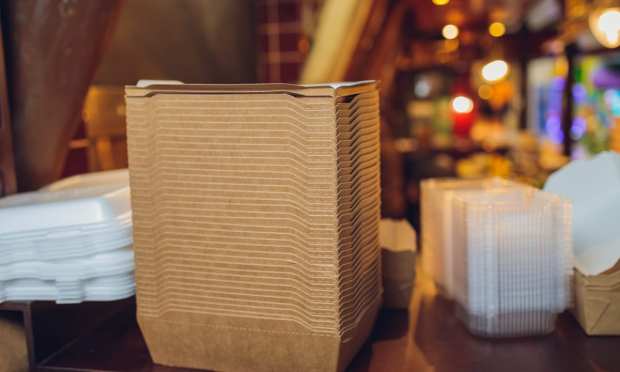Virtual Kitchens Go Big As Digital Demand Remains Elevated

Virtual kitchens are growing in reach. Where once the launch of a single new ghost kitchen was something to be talked about, nowadays restaurants are unveiling plans to open 10 — or even several hundred — of them at a time as they discover the full potential of this burgeoning business model.
“With the pandemic accelerating the increased demand in consumer behavior, I think we’re sort of skipping forward into the post-ghost kitchen era,” Ken Chong, chief executive officer of All Day Kitchens (formerly known as Virtual Kitchen Co.) told PYMNTS in a recent interview, predicting the future of these digital kitchens is about to take off.
Additionally, he noted, as the vaccine rolls out, many restaurateurs are thinking about what their omnichannel presence will look like in years ahead. He said, “All these restaurant brands [are] thinking about, ‘How do we reopen in a sustainable, long-term way and capture all of the learnings from the last year?’”
All Day Kitchens’ plug-and-play solution quickly distributes restaurants’ menus across 10 to 20 satellite locations for delivery and takeout, Chong explained. As this “Distributed Restaurant Platform” expands the virtual reach of local restaurants, international quick-service restaurant (QSR) chain Nathan’s Famous has been debuting ghost kitchens by the hundreds.
“We knew that the direction the restaurant industry was moving was all about accessibility,” James Walker, the company’s senior vice president of restaurants, recently told PYMNTS. “Drive-thrus and delivery and off-premises — you could just see the numbers escalating. And we said, we don’t want to jump on that train. We want to get there before the train.”
In fact, last week (May 27) QSR Magazine reported that Nathan’s Famous is not only growing its own brand and its Wings of New York virtual brand ghost kitchen presence, but also reviving ‘70s fish and chips chain Arthur Treacher’s as a virtual brand to offer an additional source of revenue for restaurant operators through their existing kitchens.
Similarly, earlier in the spring, emerging quick-service restaurant (QSR) chain Saladworks announced a plan to debut 90 ghost kitchen locations over the course of 2021, growing its footprint almost 70 percent from the 130 locations in operation at the time of the announcement. This would make the chain a truly hybrid restaurant, with virtual kitchens representing a significant portion of all locations, rather than operating as a side business.
Of course, many restaurants will likely continue to use ghost kitchens as a small-scale tool, a way to test out new markets and new concepts. However, for many restaurant chains, these ghost kitchens may become the bread and butter, as it were, of the business, given the continued demand for digital ordering and the lower capital expenditure that these kitchens require, relative to a restaurant with a consumer-facing dining room.
“We’re at one of these inflection points where people are asking ‘what’s going to happen in the future?’” Andrew Robbins, co-founder and CEO at restaurant Software-as-a-Service (SaaS) company Paytronix, told Karen Webster in a recent conversation. “Because one could imagine that, with a return to [on-premises dining], online ordering should go down. What we’re seeing in our numbers is that it’s part of some people’s lifestyle that they would like to keep.”
